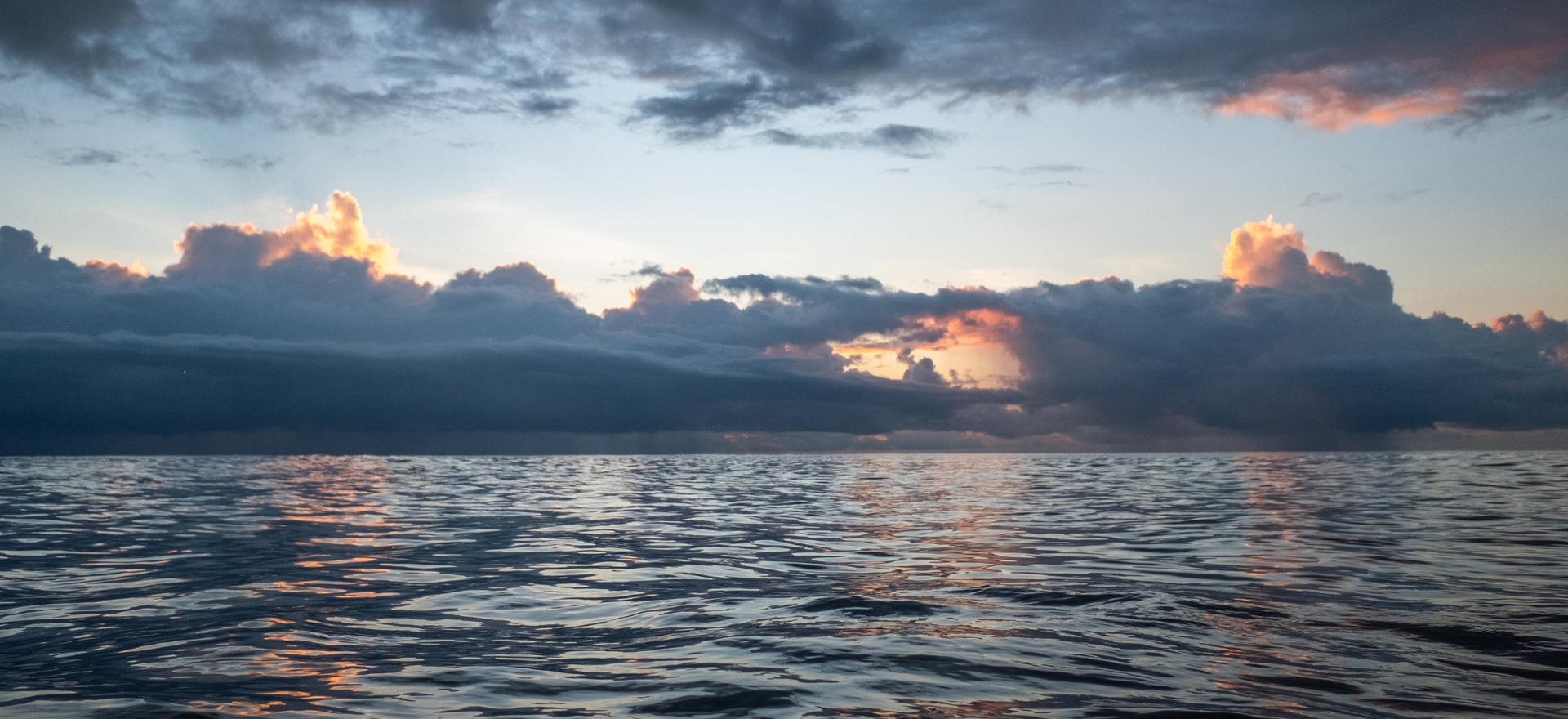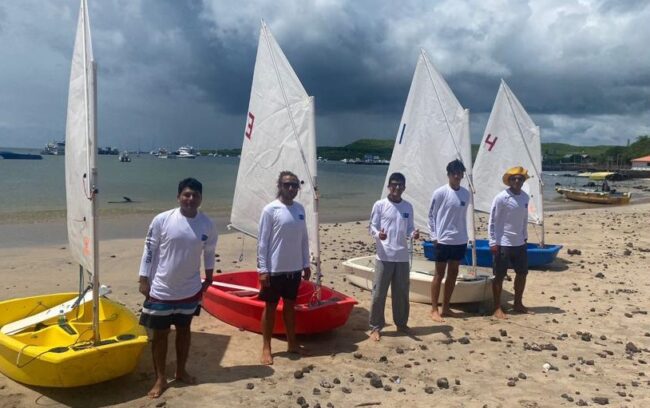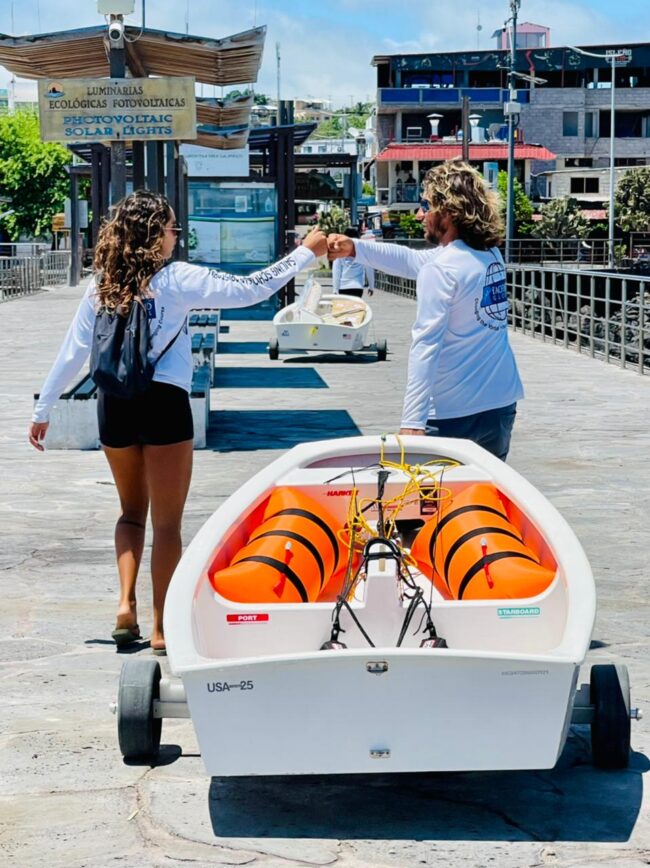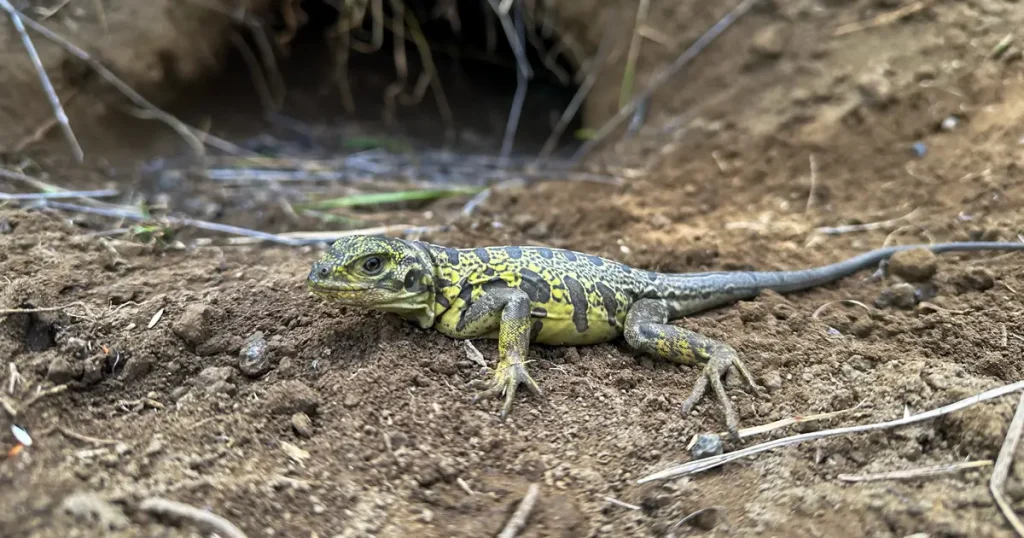
Connecting Galápagos Kids with Marine Environments
- May 11, 2022

by Richard Knab, Director of Strategic Partnerships
Having grown up near the water, I was surprised on my first trip to Galápagos in 2004 when the port town of Puerto Ayora, Santa Cruz, turned into a ghost town on the weekend, as families retreated to the highlands for rest and relaxation. There wasn’t a sailboat on the horizon, except for a couple of large visiting yachts moored in the harbor. No kids jumping off piers or swimming at the beach. In fact, I learned that relatively few of Galapagos’ 7,000 schoolchildren even knew how to swim back then.
Fast forward to 2022. Community-led surf clubs on all islands now draw large groups of youths to the beaches of Santa Cruz, San Cristóbal, and Isabela, and several Galápagos surfers have become competitive on a national and international level. On the weekends, you will see kids snorkeling and swimming. And now, Galápagos Conservancy is investing in the work of YachtAid Global and several local organizations to grow a community sailing and swimming school that will provide additional, life-changing opportunities for hundreds of young people in the Islands.
As an alumnus of a community sailing and swimming program, as well as a former instructor, I know how much Galápagos kids will gain from this initiative. They will develop self-confidence and problem-solving skills. Many will be inspired to learn about the math and science behind sailing, navigation, and weather systems. Some will develop interest and skills to pursue careers in the marine and yachting sectors, locally or beyond the Islands. Most importantly, sailing and swimming will develop a deep connection with the ocean and marine environments in Galápagos, and a commitment to protect them.
Zoran Selakovic, our partner at YachtAid Global, reports that the Sailing and Swimming School has achieved several milestones in 2022. Daniela Rodriguez, a nationally and internationally ranked sailor from Guayaquil, joined the school as Technical Director and graduated the first cohort of six local instructors. Training materials have been developed. Four Optimist dinghies are available for use and additional boats arriving by year’s end. And a base of operation is near completion in Puerto Baquerizo Moreno on San Cristóbal Island.

“We are building this program from the bottom up, involving community members at every step, training local instructors and refining a sustainable business model that will ensures access to all, while covering costs,” Selakovic says. “Once the school is fully functioning on San Cristóbal, we look forward to expanding operations to the other inhabited islands. We are so grateful for Galápagos Conservancy’s support in making the school a reality.”
I am a little too big and getting a little too old to jump into one of those Optis on a future trip. But I am so happy that Galápagos kids will have the chance to do so, and in the process forge deeper and long-lasting connections with the special place they live.




